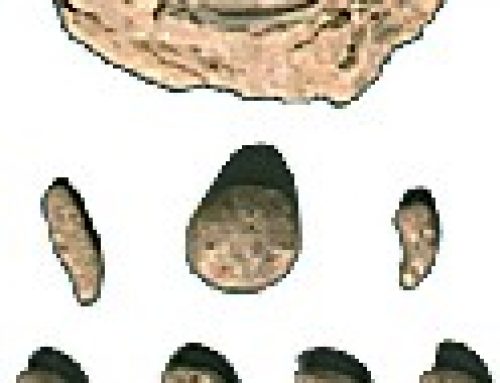
History of wine: White grapes on the vine
Grapes grow abundantly and reliably in the West Asian climate, and taste good, and even gatherers ate wild grapes (which are smaller than domesticated grapes). But the best thing about grapes has always been that you can ferment them into wine. This has several advantages. First, it preserves the grapes so that they will last for years without refrigeration. Second, it produces alcohol, which is a good source of carbohydrates for energy. Third, wine helps kill bacteria and prevents sickness and tooth decay.

History of wine: Purple grapes
People liked to drink wine; it tasted good. Drinking wine felt good too. In the ancient and medieval world, most adults and kids drank wine nearly every day, though not enough to get drunk. People have probably been making grapes into wine since the Stone Age, even when they were just gathering wild grapes.

Sumerian drinking wine ca. 2600 BC (Early Dynastic III; now British Museum 121545)
People began to grow grapes probably a little after they began growing wheat, maybe about 8,000 BC. Growing grapes is a more serious project than growing wheat, because you have to take good care of the vines for several years before you get any grapes out of them. The first wine drinkers were in Central Asia, West Asia and Egypt, and from there, wine drinking spread all around the Mediterranean Sea. In ancient Greek stories, the god Dionysos brought wine to Greece from the east.

Egyptian men pick grapes and tread them for wine (Thebes, Egypt, ca. 1500 BC) Source: Singer et al. 1954. A History of Technology Fig. 185.
To make wine, first press the grapes. You press grapes by putting them in a large vat (a sort of barrel) with a hole at the bottom to let the juice run out, and then getting in the vat and stomping the grapes to squish them and let the juice out, as these Egyptian men are doing. Then you put the wine in wooden casks or clay pots and add yeastand let it ferment for several months (or sometimes years).

Myron’s Greek woman drinking wine (ca. 200 BC; this is a later Roman copy now in the Glyptothek, Munich).
As the Romans conquered northern Europe, they brought wine with them, and by the time of the Roman Empire (about 100 AD) people were drinking wine as far north as England. Wine travelled east, too, along the Silk Road: Roman traders sold wine in India, and the Uighurs brought wine and wine-making to China about 700 AD.

A Christian monk sneaks wine from the barrel (ca. 1200 AD)
Doctors also used wine for medical purposes. Egyptian and Sumerian doctors used wine and wine vinegar alongside opium as an anesthetic for operations and childbirth, and as a base for herbal medicines. The Indian surgeon Sushruta also used wine as an anesthetic. Hippocrates, in West Asia, also used wine to clean wounds and bandages, so they wouldn’t get infected. So did a later West Asian doctor, Galen.
Islam forbade Muslims to drink alcohol, and al Razi preferred opium as an anesthetic for surgery, though Islamic doctors still used wine to disinfect wounds. In China, doctors used older, local alcoholic drinks to mix their medicines. But in medieval Europe, wine remained very popular both for drinking and for medicine, especially as opium stopped being available.
Learn by doing: eat some grapes, or try a little wine.
More about wine-making
More about the history of beer
Bibliography and further reading about the history of wine:
Wines, by Golden Books (2001). Easy reading.
Ancient Wine : The Search for the Origins of Viniculture, by Patrick McGovern (2003).
Story of Wine, by Hugh Johnson (1998).




